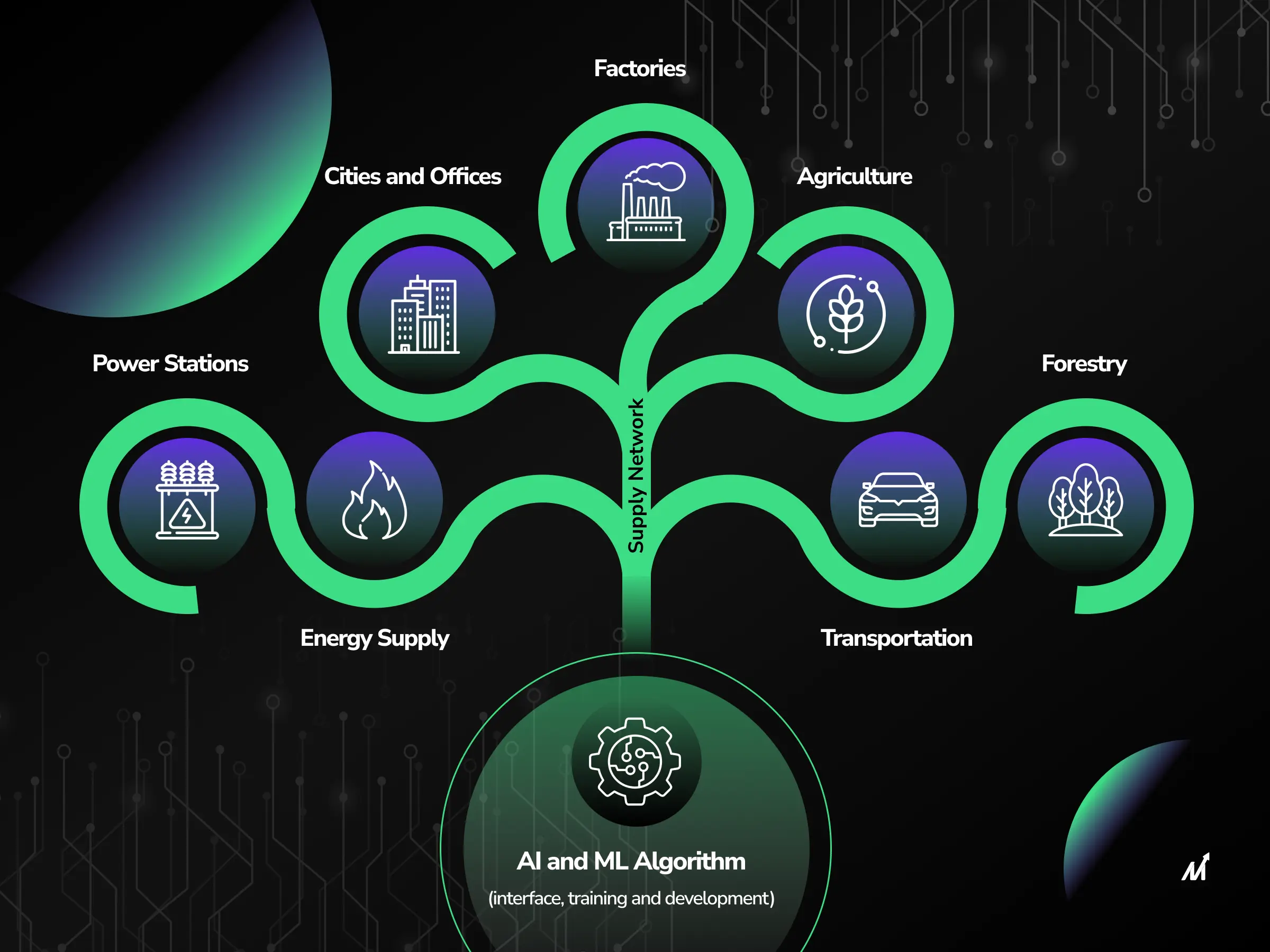Phishing attacks on smartphones have become increasingly common, with vishing being a prominent method used to deceive individuals into disclosing sensitive information. Vishing, also known as voice phishing, involves the use of phone calls to manipulate and extract personal data from unsuspecting victims. In this article, we will delve into the details of vishing and how it is performed on smartphones through calling. We will explore the tactics used by perpetrators, the potential risks to individuals, and most importantly, ways to prevent falling victim to such attacks. By the end of this article, you will have a comprehensive understanding of vishing and be equipped with the knowledge to protect yourself from falling prey to these malicious tactics.

Understanding Vishing and Its Tactics
Definition of vishing
Vishing, also known as voice phishing, is a type of phishing attack that involves the use of a telephone conversation to deceive individuals into revealing sensitive personal or corporate information. Attackers often impersonate representatives from reputable organizations to gain the trust of their victims, ultimately tricking them into providing confidential information such as credit card details or login credentials.
Difference between vishing and other phishing methods
One of the key distinctions between vishing and other phishing methods is the use of voice communication rather than electronic messages. While email phishing and smishing involve sending fraudulent messages electronically, vishing relies on verbal communication to carry out the attack. This makes vishing particularly convincing, as the human voice can be more persuasive than written communication, making it more challenging for individuals to recognize the fraudulent nature of the call.
Tactics used in vishing attacks
Vishing attacks often involve tactics such as imitating senior executives or creating a sense of urgency to persuade the victim to comply. Attackers may claim to be from a trusted organization and create a scenario that requires immediate action, leading the victim to provide sensitive information without hesitation.
Examples of vishing tactics:
- Impersonating senior executives or authority figures
- Creating a sense of urgency or fear to prompt immediate action
- Pretending to be from a reputable organization to gain trust
Risks Associated with Vishing on Smartphones

Vishing, or voice phishing, is a type of phishing attack that targets individuals through telephone conversations. It is a form of social engineering that aims to trick individuals into providing sensitive information or taking harmful actions. Vishing scams often involve impersonating trusted entities, such as banks or government agencies, to create a sense of urgency or authority. By using techniques like caller ID spoofing and automated voice messages, vishing attackers can deceive individuals into disclosing personal information or transferring funds. Statistics on vishing attacks reveal the prevalence and impact of this type of scam, highlighting the need for awareness and vigilance to mitigate the risks associated with vishing on smartphones.
Potential harm to individuals
The potential harm to individuals from vishing on smartphones is significant, as these attacks can lead to financial loss, identity theft, and other forms of fraud. Vishing scammers often employ sophisticated tactics, such as spoofing phone numbers and using automated voice messages, to create a sense of urgency and legitimacy. Examples of vishing scams include fraudulent calls from individuals posing as bank representatives, government officials, or tech support agents, seeking to obtain personal information or financial details. These scams can result in individuals unknowingly divulging sensitive information or falling victim to financial fraud, highlighting the need for effective measures to combat vishing on smartphones.
Examples of vishing scams
Examples of vishing scams include calls from individuals claiming to be from well-known companies, such as Microsoft, who inform the victim of a virus on their computer and request credit card details for an alleged anti-virus software update. Additionally, vishing attacks may involve the threat of legal consequences or urgent messages about compromised accounts in order to prompt victims to disclose critical data, such as tax IDs and bank account numbers. These deceptive tactics demonstrate the potential harm to individuals and organizations through vishing attacks, highlighting the need for awareness and vigilance when receiving unsolicited voice calls.
Statistics on vishing attacks
Statistics on vishing attacks demonstrate the widespread nature of this type of scam and the potential impact on individuals. According to research, vishing attacks have been on the rise, with a growing number of individuals falling victim to fraudulent phone calls and voice phishing scams. These statistics underscore the importance of raising awareness about the risks associated with vishing on smartphones and implementing strategies to protect against such attacks. By understanding the prevalence and tactics of vishing scams, individuals can take proactive steps to safeguard their personal information and financial security when using smartphones.
Preventive Measures to Avoid Falling Victim to Vishing

Vishing, or voice phishing, is one of the most common types of phishing attacks. It involves criminals using telephone conversations to trick individuals into divulging sensitive information, such as banking details or personal information. This type of attack preys on individuals’ trust and willingness to follow instructions from seemingly legitimate sources, such as a bank or senior executive. To prevent falling victim to vishing, individuals should be cautious of incoming calls and verify the legitimacy of the caller and the information they are requesting.
Educating individuals about vishing
Educating individuals about vishing is crucial in preventing them from falling victim to this type of attack. By understanding the tactics and techniques used by vishers, individuals can better recognize and respond to suspicious phone calls.
Organizations can provide training and resources to help employees recognize and respond to vishing attempts, ultimately strengthening their defense against this type of phishing attack.
Implementing multi-factor authentication
Implementing multi-factor authentication for sensitive accounts can add an extra layer of security, making it more difficult for criminals to access personal information even if they do manage to obtain some details through a vishing attack.
- Multi-factor authentication can include a combination of something the user knows (like a password), something the user has (like a smartphone), and something the user is (like a fingerprint).
- This approach significantly reduces the risk of unauthorized access to sensitive accounts even if vishing attempts are successful in obtaining some information.
Being cautious of incoming calls
It is important for individuals to be aware of the various types of phishing attacks, including vishing, and to be vigilant in protecting themselves against these threats. By being cautious of incoming calls and verifying the legitimacy of the caller, individuals can reduce their risk of falling victim to vishing.
- Always verify the identity of the caller and the purpose of the call, especially if they are requesting sensitive information.
- Do not provide personal or financial information over the phone unless you are certain of the legitimacy of the caller.
conclusion
In conclusion, vishing, also known as voice phishing, is a prevalent and impactful type of phishing attack that targets individuals through telephone conversations. The use of the human voice makes vishing particularly convincing, posing a significant risk to smartphone users. To avoid falling victim to vishing, individuals should exercise caution when receiving incoming calls, verify the legitimacy of the caller and the information they are requesting, and remain vigilant to the signs of a potential vishing attempt. By being aware of the tactics used in vishing attacks and implementing preventive measures, individuals can better protect themselves from the risks associated with vishing on smartphones. It is crucial to stay informed and proactive in combating vishing attacks to safeguard sensitive personal and corporate information.










